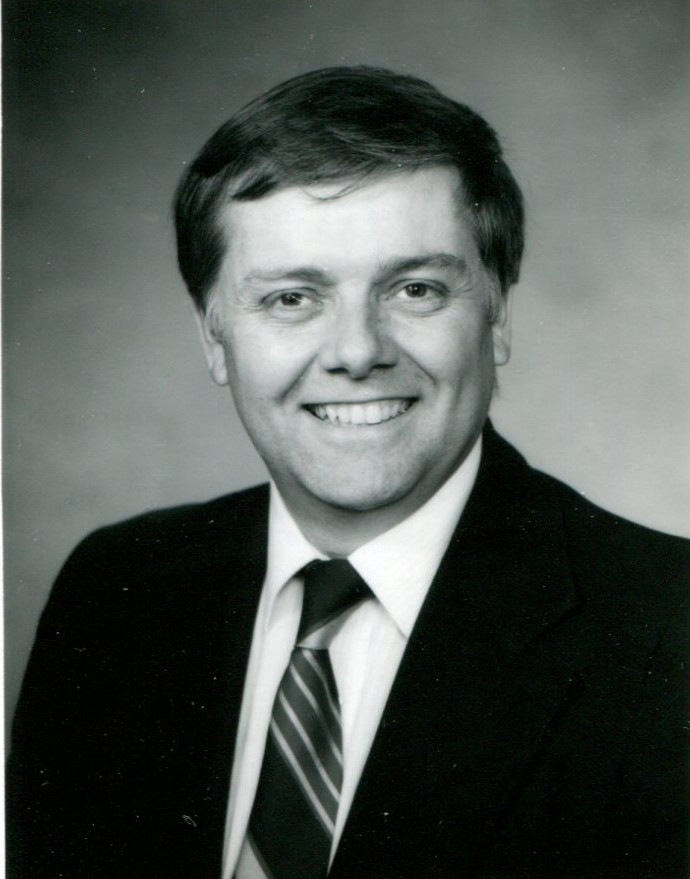CITATION
Tom Waggoner
2013 Goldich Medal Recipient

Tom helped Cliffs make the transition from underground mining of direct shipping ore to pellets, which are now the life blood of iron mining in the Lake Superior region. The success of his contributions is best measured by 40 years of continual production of pellets from the Empire and Tilden mines that together produce 13 to 14 million tons per year. The transition to pellets is public knowledge but much of the details are lacking. Before pellet production could begin iron formations had to be sampled for their recoverable iron content and ease of recovery. After mining, there had to be day to day adjustment in grinding time, depending on the hardness of taconite, and blending ores in order to control phosphorous contents. Tom’s contribution to preserving iron mining in the Lake Superior region has been documented by his colleagues because the skills of company geologists are seldom part of the public domain.
During his long career with Cliffs (1965-1997), Tom actively participated in the teaching function of the Institute. He led 45 field trips for various organization and made numerous poster and oral presentations at annual meetings of the Institute. At his retirement in 1997, Tom was chief geologist. After his retirement he has continued to serve the mining industry. After the state of Michigan ended funding a curator for the core library at Harvey, Tom became the unpaid overseer of the facility and went looking for a building to assemble and preserve the large amount of additional core that exists at scattered location in the upper peninsula. Like the core library at Harvey it will be a repository for future exploration geologists who are essential for sustaining mining in the Lake Superior region. He found a building on the grounds of the closed K. I. Sawyer Air Force base that was suitable as a core library and has been actively seeking funding to acquire and maintain it.
Submitted by Ronald E. Seavoy